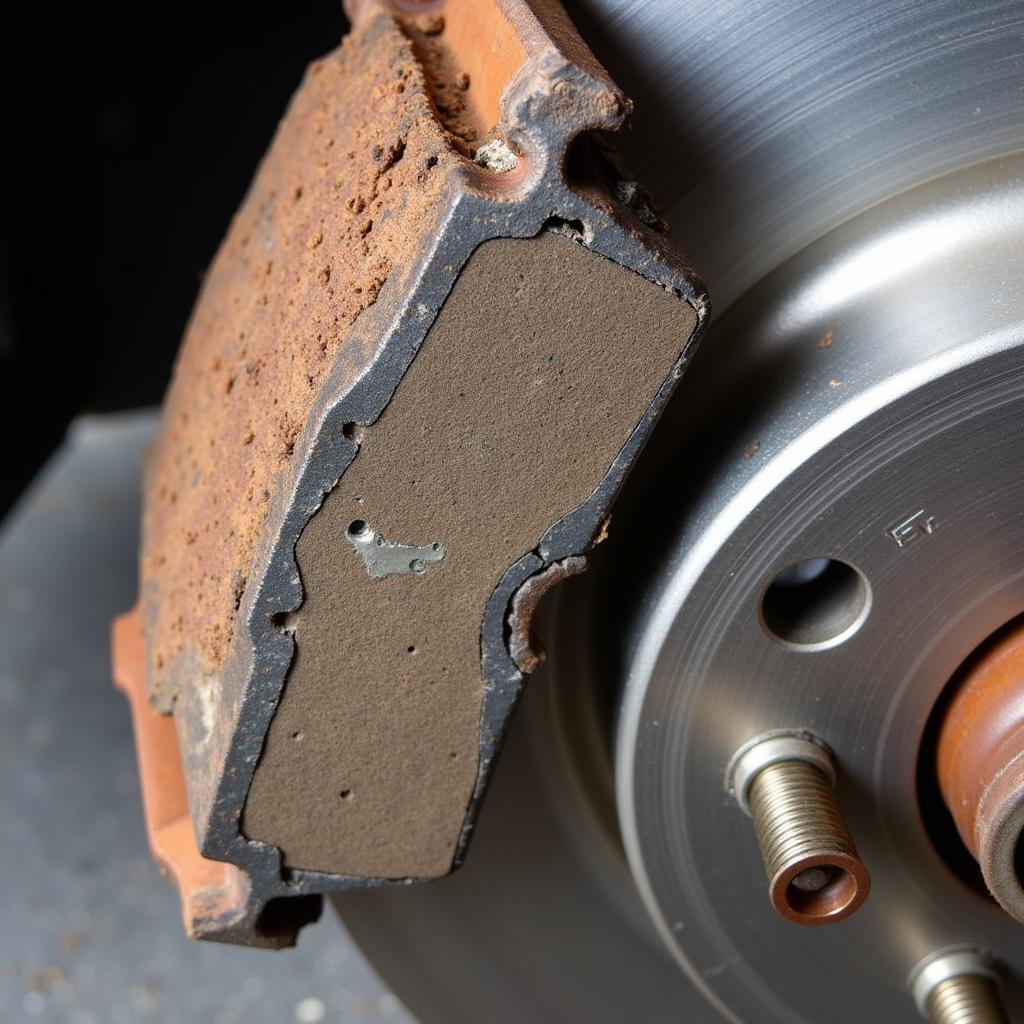The seat belt warning label – you see it every time you get in your car. But have you ever stopped to consider what it really means? It’s more than just a sticker; it’s a crucial safety reminder and a legal requirement in many countries. This comprehensive guide delves into the significance of the seat belt warning label, exploring its function, variations, and the technology behind it.
The Importance of Seat Belt Warning Systems
Seat belts are fundamental safety devices in any vehicle, drastically reducing the risk of serious injury or death in case of an accident. However, their effectiveness relies heavily on proper use. This is where the seat belt warning system, including the often-overlooked label, comes into play.
How Seat Belt Warning Systems Work
Modern vehicles are equipped with sophisticated systems designed to detect the presence and engagement of seat belts. While the specifics may vary between makes and models, the basic principle remains consistent:
- Sensors: Weight sensors in the seats detect when they are occupied.
- Buckle Switch: A switch in the seat belt buckle mechanism signals whether the belt is fastened.
- Control Module: The car’s central computer system receives input from these sensors.
- Warning Signals: If an occupied seat’s belt remains unfastened, the system triggers visual and audible warnings.
The Role of the Warning Label
The warning label plays a crucial role in this process by providing a clear and constant reminder of the seat belt warning system’s presence and importance. It serves as a visual cue, prompting occupants to buckle up and avoid triggering the warning signals.
Deciphering the Seat Belt Warning Label
The specific design and wording of seat belt warning labels can differ based on factors like the vehicle’s make, model year, and country of sale. However, they generally share common elements:
- Visual Cues: A prominent symbol depicting a person wearing a seat belt, often in red or orange to signify caution.
- Textual Warnings: Clear and concise text, often in multiple languages, emphasizing the importance of wearing seat belts.
- Legal Disclaimers: Information about potential legal consequences for not complying with seat belt laws.
Common Issues and Troubleshooting
While seat belt warning systems are generally reliable, occasional issues can arise. Let’s explore some common problems and potential solutions:
Continuous Warning Chime
- Faulty Buckle Switch: A malfunctioning buckle switch can send incorrect signals to the control module, leading to a persistent chime even when the belt is fastened.
- Wiring Problems: Damaged or loose wiring in the seat belt system can disrupt communication between components.
Solution: Diagnosing these issues often requires specialized equipment. Visiting a qualified mechanic or dealership is recommended. They can pinpoint the problem using diagnostic tools and perform necessary repairs or replacements, such as a seat belt warning relay.
Intermittent Warning Light
- Loose Connection: A loose connection between the sensor, buckle switch, or control module can cause the warning light to flicker intermittently.
- Sensor Malfunction: A failing weight sensor might provide inaccurate readings, triggering the warning light inconsistently.
Solution: Similar to the previous issue, addressing intermittent warning lights involves a thorough inspection and diagnosis by a professional.
Advanced Seat Belt Technology
The automotive industry constantly innovates, and seat belt technology is no exception. Newer vehicles often incorporate advanced features, including:
- Pre-Tensioners: In the event of a collision, pre-tensioners automatically tighten the seat belts to reduce slack and limit passenger movement.
- Load Limiters: These devices work in conjunction with pre-tensioners to regulate the force applied by the seat belt, minimizing the risk of injuries from excessive restraint.
- Advanced Warning Systems: Some systems use escalating warnings, such as increasingly urgent chimes or haptic feedback through the seat, to encourage seat belt use.
“Modern seat belt systems are incredibly sophisticated,” says automotive engineer Dr. Emily Carter. “They are designed to not only remind you to buckle up but also to provide the optimal level of restraint in various accident scenarios.”
Beyond the Label: Promoting Seat Belt Safety
While the warning label plays a vital role, promoting seat belt safety is a collective responsibility.
- Education and Awareness: Understanding the life-saving potential of seat belts is crucial. Educational campaigns and public service announcements can effectively convey this message.
- Parental Responsibility: Parents and guardians play a critical role in instilling good habits by ensuring children are properly secured in age-appropriate restraints.
- Legislative Measures: Strong seat belt laws, coupled with effective enforcement, have proven instrumental in increasing seat belt usage rates globally.
Conclusion
The next time you get behind the wheel, take a moment to appreciate the often-overlooked seat belt warning label. It’s a small but significant reminder of the critical role seat belts play in keeping you and your passengers safe. Remember, buckling up takes just a few seconds but can make all the difference in a critical situation.

